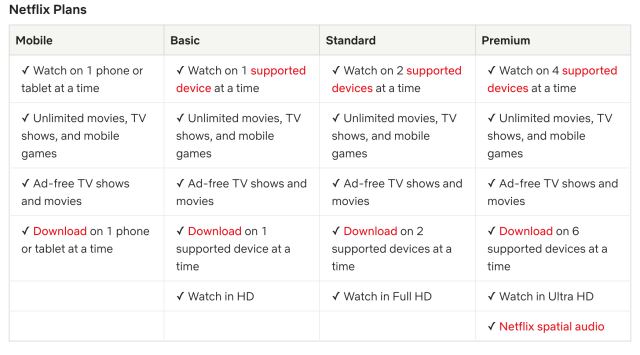Important emergency contacts in Tanzania
Important emergency contacts in Tanzania
Emergency contacts are vital in case of any unexpected occurrences. Below are some of the important emergency contacts in Tanzania:
- Police emergency line – 112
- Medical emergency line – 114
- Fire and rescue line – 111
- Tanzania Communications Regulatory Authority (TCRA) consumer support line – 155
- Tanzania Revenue Authority (TRA) toll-free line – 0800110022
- Tanzania Electric Supply Company (TANESCO) emergency line – 0768 985 100
- Tanzania National Parks emergency hotline – 0764 700 015
| Dar es Salaam | +255 22 2117362 |
| Dar es Salaam Traffic Police | +255 22 2111747 |
| Emergency | 112 |
| AAR | +255 754 760790 (Dar es Salaam) |
| Emergency | 112 |
| IST Clinic – 24hr doctor | +255 754 783393 (Dar es Salaam) |
| Aga Khan Hospital | +255 22 2115151 (Dar es Salaam) |
| Selian Lutheran Hospital | +255 27 2509974 (Arusha) |
| Kilimanjaro Christian Medical Centre | +255 27 2750748 (Moshi) |
| Fazal Memorial Hospital | +255 27 2646895 (Tanga) |
| Mnazi Mmoja Hospital | +255 24 2231071 (Zanzibar) |
| Knight Support | +255 22 2760087 (Dar es Salaam) |
| +255 754 777100 (Dar es Salaam) |
Security Companies
| Ultimate Security | +255 713 123911 (Dar es Salaam) |
Immigration
| Dar es Salaam | +255 22 2118637 |
| Arusha | +255 27 2503569 |
| Moshi | +255 27 2751557 |
It is important to note that these emergency contacts may change over time, so it’s always advisable to check and verify the correct contact information in case of an emergency.














